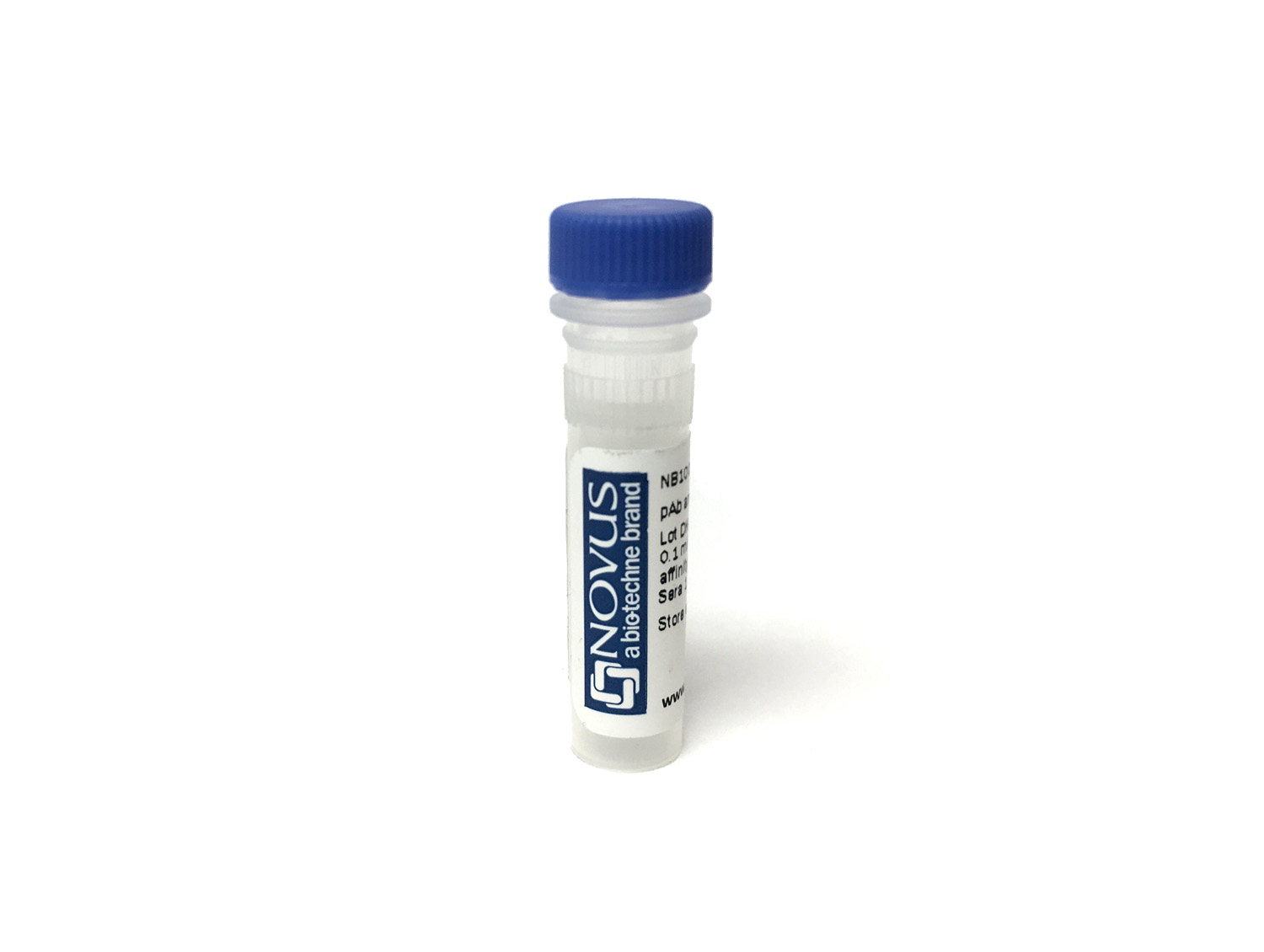Siglec-1/CD169 Products
Siglecs are I-type (Ig-type) lectins belonging to the Ig superfamily. They are characterized by an N-terminal, Ig-like V-type domain that mediates sialic acid binding, followed by varying numbers of Ig-like C2-type domains (2 to 17), a single transmembrane region, and a cytoplasmic tail. The siglecs can be broadly classified into two subgroups: Siglecs-1, -2, and -4, and a Siglec-3/CD33-related subgroup (Siglecs-3, and -5 through -13 in primates) defined by sequence similarity and clustered gene localization. They are widely expressed on hematopoietic cells, often in a cell-type-specific manner, and Siglec-4/MAG is a myelin component in Schwann cells and oligodendrocytes. Their ligands, sialic acids, are negatively charged monosaccharides found on cell-surface glycoproteins and glycolipids. Although Siglec functions continue to be defined, most have intracellular immunoreceptor tyrosine-based inhibitory motifs (ITIM), implicating them in the suppression of immunoreceptor signaling. They may also participate in cell/cell interactions or act as receptors for the entry of viral or bacterial pathogens.
278 results for "Siglec-1/CD169" in Products
278 results for "Siglec-1/CD169" in Products
Siglec-1/CD169 Products
Siglecs are I-type (Ig-type) lectins belonging to the Ig superfamily. They are characterized by an N-terminal, Ig-like V-type domain that mediates sialic acid binding, followed by varying numbers of Ig-like C2-type domains (2 to 17), a single transmembrane region, and a cytoplasmic tail. The siglecs can be broadly classified into two subgroups: Siglecs-1, -2, and -4, and a Siglec-3/CD33-related subgroup (Siglecs-3, and -5 through -13 in primates) defined by sequence similarity and clustered gene localization. They are widely expressed on hematopoietic cells, often in a cell-type-specific manner, and Siglec-4/MAG is a myelin component in Schwann cells and oligodendrocytes. Their ligands, sialic acids, are negatively charged monosaccharides found on cell-surface glycoproteins and glycolipids. Although Siglec functions continue to be defined, most have intracellular immunoreceptor tyrosine-based inhibitory motifs (ITIM), implicating them in the suppression of immunoreceptor signaling. They may also participate in cell/cell interactions or act as receptors for the entry of viral or bacterial pathogens.
| Reactivity: | Human, Mouse, Porcine, Virus |
| Details: | Mouse IgG1 Monoclonal Clone #HSn 7D2 |
| Applications: | IHC, WB, ELISA, ICC/IF, Flow, +1 More |
| Reactivity: | Mouse |
| Details: | Rat IgG2a Monoclonal Clone #645608 |
| Applications: | WB, Flow, CyTOF-ready |
| Reactivity: | Human, Mouse |
| Details: | Rabbit IgG Polyclonal |
| Applications: | IHC, Dual ISH-IHC |
| Reactivity: | Human |
| Details: | Mouse IgG1 Monoclonal Clone #7-239 |
| Applications: | IHC, WB, Flow, IP, CyTOF-ready |
| Reactivity: | Human |
| Details: | Sheep IgG Polyclonal |
| Applications: | WB, Neut |
| Reactivity: | Human, Mouse, Porcine, Virus |
| Details: | Mouse IgG1 Monoclonal Clone #HSn 7D2 |
| Applications: | IHC, WB, ELISA, ICC/IF, Flow, +2 More |
| Reactivity: | Human |
| Details: | Sheep IgG Polyclonal |
| Applications: | WB |
| Reactivity: | Mouse |
| Details: | Rat IgG2a Monoclonal Clone #645608 |
| Applications: | Flow |
| Reactivity: | Mouse |
| Details: | Sheep IgG Polyclonal |
| Applications: | WB, Neut |
Recombinant Monoclonal Antibody.
| Reactivity: | Human |
| Details: | Mouse IgG1 Monoclonal Clone #908102 |
| Applications: | Flow, CyTOF-ready |
| Reactivity: | Mouse |
| Details: | Sheep IgG Polyclonal |
| Applications: | WB |
| Reactivity: | Mouse |
| Details: | Rat IgG2a Monoclonal Clone #645608 |
| Applications: | Flow |
Recombinant Monoclonal Antibody.
| Reactivity: | Human |
| Details: | Mouse IgG1 Monoclonal Clone #908102 |
| Applications: | Flow |
Recombinant Monoclonal Antibody.
| Reactivity: | Human |
| Details: | Mouse IgG1 Monoclonal Clone #908102 |
| Applications: | Flow |
| Reactivity: | Human |
| Details: | Sheep IgG Polyclonal |
| Applications: | WB, Neut |
| Reactivity: | Human |
| Details: | Sheep IgG Polyclonal |
| Applications: | WB, Neut |
| Reactivity: | Human |
| Details: | Mouse IgG1 kappa Monoclonal Clone #HSn 7D2 |
| Applications: | IHC, WB, ICC/IF, Flow |
| Reactivity: | Mouse |
| Details: | Rat IgG2a Monoclonal Clone #645608 |
| Applications: | Flow |
| Reactivity: | Mouse |
| Details: | Rat IgG2a Monoclonal Clone #645608 |
| Applications: | Flow |
| Reactivity: | Mouse |
| Details: | Rat IgG2a Monoclonal Clone #645608 |
| Applications: | Flow |
| Reactivity: | Mouse |
| Details: | Rat IgG2a Monoclonal Clone #645608 |
| Applications: | Flow |
Recombinant Monoclonal Antibody.
| Reactivity: | Human |
| Details: | Mouse IgG1 Monoclonal Clone #908102 |
| Applications: | Flow |
Recombinant Monoclonal Antibody.
| Reactivity: | Human |
| Details: | Mouse IgG1 Monoclonal Clone #908102 |
| Applications: | Flow |

![Immunohistochemistry-Frozen: Siglec-1/CD169 Antibody (HSn 7D2) - BSA Free [NB600-534] Immunohistochemistry-Frozen: Siglec-1/CD169 Antibody (HSn 7D2) - BSA Free [NB600-534]](https://resources.bio-techne.com/images/products/Siglec-1-CD169-Antibody-HSn-7D2-Immunohistochemistry-Frozen-NB600-534-img0003.jpg)


![Immunohistochemistry-Paraffin: Siglec-1/CD169 Antibody [NBP2-30903] Immunohistochemistry-Paraffin: Siglec-1/CD169 Antibody [NBP2-30903]](https://resources.bio-techne.com/images/products/Siglec-1-CD169-Antibody-Immunohistochemistry-Paraffin-NBP2-30903-img0006.jpg)

![Flow Cytometry: Siglec-1/CD169 Antibody (7-239) - BSA Free [NBP2-37729] Flow Cytometry: Siglec-1/CD169 Antibody (7-239) - BSA Free [NBP2-37729]](https://resources.bio-techne.com/images/products/Siglec-1-CD169-Antibody-7-239-Flow-Cytometry-NBP2-37729-img0001.jpg)

![Immunohistochemistry: Siglec-1/CD169 Antibody (HSn 7D2) - Azide and BSA Free [NBP2-80947] Immunohistochemistry: Siglec-1/CD169 Antibody (HSn 7D2) - Azide and BSA Free [NBP2-80947]](https://resources.bio-techne.com/images/products/Siglec-1-CD169-Antibody-HSn-7D2-Azide-and-BSA-Free-Immunohistochemistry-NBP2-80947-img0002.jpg)




